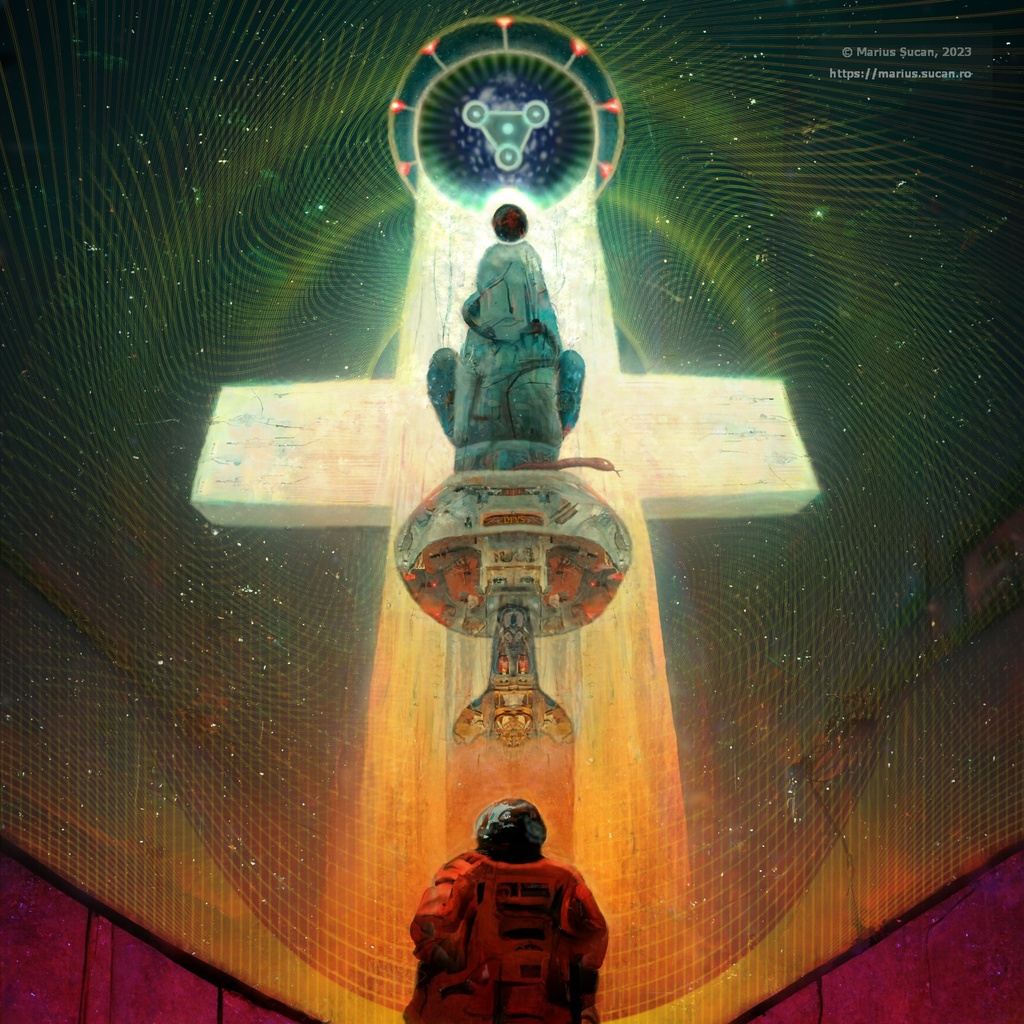Ziua bună!
Nu am scris ceva artistic de mult timp... Recent m-a lovit inspirația:
Inefabil ancorat din facere
Pe labia prăpastiei,
Lubrifiat cu discriminare fără limite,
Alunec facil spre disoluție
Ineluctabil, atât de plăcut
Încât exact asta pare a fi soluția:
Auto-terminare cu determinare.
Procrastinarea indusă mediatic
Diluează timpii realității
Neo-platonic ancorată în transcendent.
Hedonismul ca modus vivendi
Metastazat prin marketing
Energia ce sporește diluarea,
Rarefiază conexiunile sinapselor,
Valorile și principiile,
Induce un prolaps cerebral.
Colaps în fiecare câmp existențial.
Încercare de încetare post-factum.
Poți scăpa din raiul artificial?
